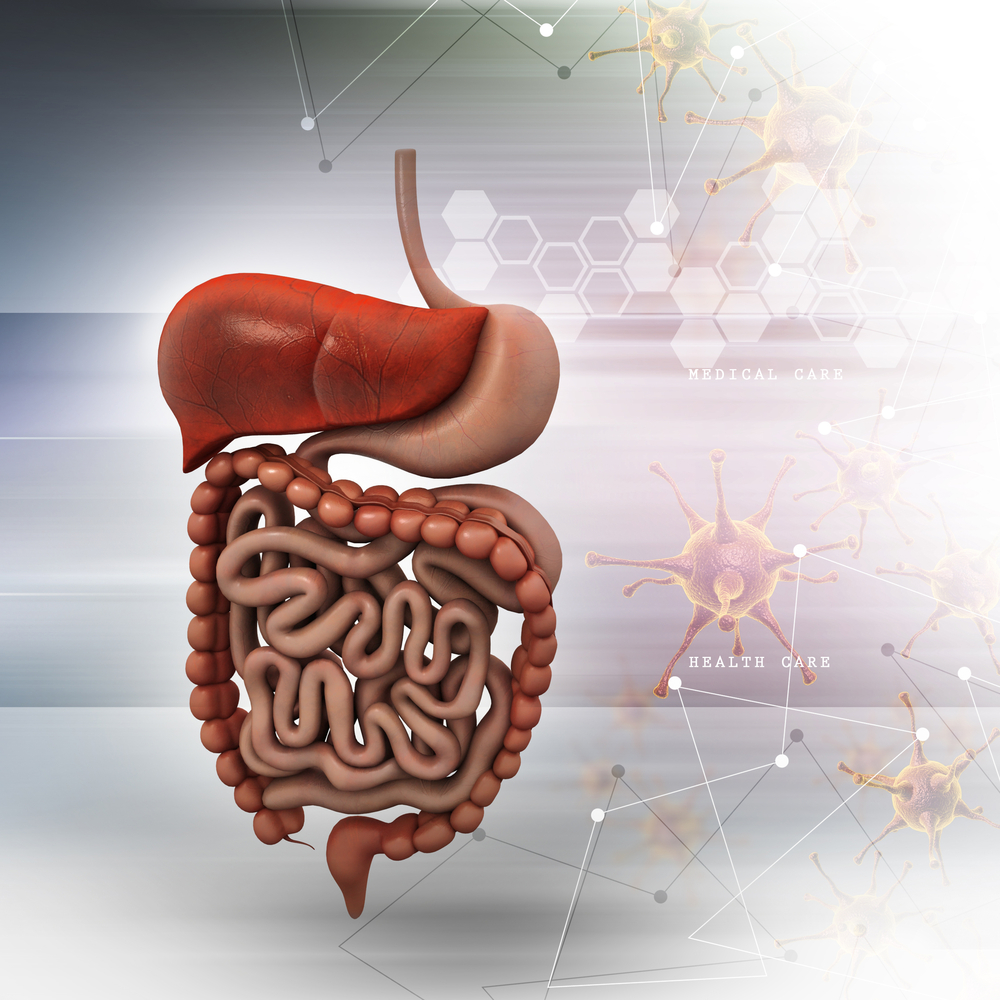Feeding Tubes for Angelman Syndrome
Written by |

People with Angelman syndrome can have difficulties eating and drinking, and with nursing for infants with this disease. To ensure they are receiving adequate nutrition, and to protect against complications such as accidentally breathing in (aspirating) food or liquids, doctors may recommend use of a feeding tube.
It’s generally noted, however, that feeding problems associated with Angleman syndrome are usually not severe.
How does Angelman cause feeding problems?
Infants with Angelman syndrome may have difficulty with coordinating sucking and swallowing, making it hard for them to nurse. Problems with excessive drooling can add to these difficulties.
A study in 163 Angelman patients, however, found that 72 had gastroesophageal reflux disease (GERD). This is a condition where the contents from the stomach leak back into the esophagus — the tube that runs from the mouth to the stomach. These patients also experienced episodes of cyclic vomiting that was not related to food allergies or illness, excessive swallowing or difficulty swallowing, or inflammation of the lining of the esophagus.
These issues can lead to difficulties in getting sufficient nutrition, and pose a risk of aspiration — where small amounts of food or liquid enter the lungs. Aspiration can lead to infections such as pneumonia.
To help make sure that patients with Angelman syndrome are getting enough calories and nutrients and to help prevent aspiration, physicians may recommend a feeding tube.
What are feeding tubes?
There are two main types of feeding tubes: those that doctors insert through a patient’s nose into their stomach (nasogastric), and those that they surgically implant through the patient’s abdomen directly into their stomach (gastrostomy).
There are benefits and risks to each type of feeding tube. Doctors often place nasogastric tubes to cover a temporary need, as they do not require surgery and are easy to insert and remove. Over time, however, they can lead to irritation and damage to tissue in the nose or esophagus They may also annoy the patient since they are more visible and located on the face.
Doctors usually recommend gastrostomy tubes as a more long-term solution, since they are more stable but require surgery. Gastrostomy carries the risks typically associated with surgery, as well as the possibility of infections.
For patients with GERD, the feeding tube can end in the small intestine rather than the stomach. These are called nasoduodenal and nasojejunal feeding tubes. They still pass through the nose but deliver food directly to the duodenum and jejunum — the top and middle portions of the small intestine, respectively.
For a longer-term solution that bypasses the stomach, doctors can surgically implant gastrojejunal tubes directly into the stomach as in gastrostomy, but the tube ends in the jejunum. Another option is to insert the tube through the abdomen directly into the jejunum. This is called a jejunal tube. This type of feeding tube is, however, not very common, especially in children.
With feeding tubes that empty into the stomach, caregivers can generally give food in large doses. In the case of feeding tubes that end in the intestines, food needs to be given slowly over a longer period, usually 18 to 24 hours. This is because the intestine cannot stretch and accommodate as much food as the stomach.
Last updated: Nov. 23, 2020
***
Angelman Syndrome News is strictly a news and information website about the disease. It does not provide medical advice, diagnosis, or treatment. This content is not intended to be a substitute for professional medical advice, diagnosis, or treatment. Always seek the advice of your physician or other qualified health provider with any questions you may have regarding a medical condition. Never disregard professional medical advice or delay in seeking it because of something you have read on this website.





